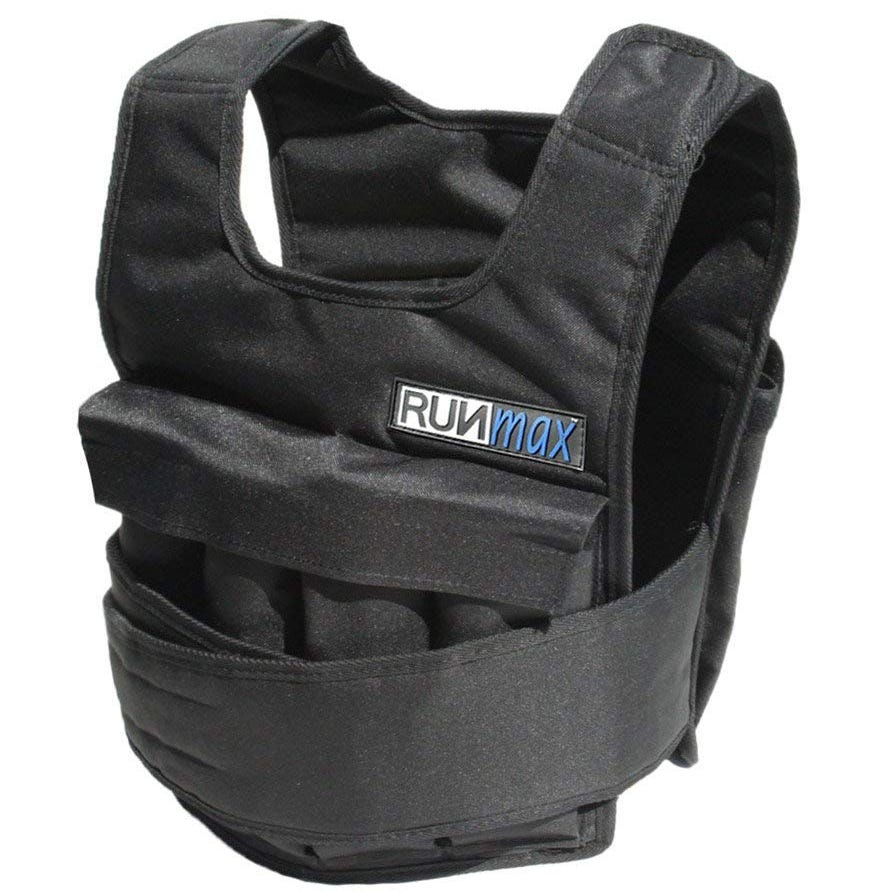I SIGNED UP for a desert trail race in Arizona last year, my first ever. Right as my training cycle started, I moved from Salt Lake City to Brooklyn, trading easy access to Utah’s parks and mountains for the paved city streets of New York. My new home was about as far from the cactus-lined single-track of the Javelina 31K I was preparing to run at as I could imagine.
I’m not the kind of person with a wall full of medals from road races (I’ve never run one), but I do love the outdoors. Spending time outside was a big part of my life throughout a decade of living in the American West, and I’ve been a casual trail runner for years, mostly because it lets me move through nature faster than hiking. Once I was on the East Coast, trading dirt for pavement was my only option. I trained however I could: over city bridges, through Brooklyn’s Prospect Park, and even on a treadmill. And somehow? It worked. A few months after my first trail race, I leveled up to run another, a 55K in Moab—and I trained in the city for that, too.
More people than ever are dipping their toes into trail races and ultramarathons. In 2024 alone, over 40,000 people completed an ultra for the first time, according to UltraRunning Magazine. But while road marathons are (relatively) predictable—the consistent asphalt surface, unobstructed routes, and regular aid stations—trail races demand a different kind of training. You’ll need to prepare for long climbs, technical terrain, and hours on your feet. Some athletes get caught up in making sure their training environment is as close to race day as possible, so urban-dwelling trail runners might be worried that they could never properly prepare for their long, off-road runs close to home. But it’s totally doable. Here’s how to get ready for a trail race when getting out into nature isn’t so easy.
Set Your Distance Goal
Ultramarathons come in a range of distances—from 50K and 50 miles to 100K, 100 miles, and even races over 200 miles (maybe don’t start there.) The first step is to pick your distance and your race.
“With a road marathon, 95 percent of them are basically the same elevation profile,” says Ron Hammett, running coach for Sundog Running who I worked with for both races. But trail races can vary dramatically, and your race’s location will dictate your approach. For example, if you pick a race with 6,000 feet of elevation gain and loss, you’ll need to prepare your body for that vertical challenge. Similarly, races on particularly rugged terrain require extra joint and stability work.
For city-based beginners, you’ll be best-suited to choose a race that’s less technical. The Javelina 31K had minimal elevation and smooth trails—and even though the Moab Red Hot 55K race featured technical terrain, much of it was on firm slickrock, which is almost as hard as pavement, so my body was ready for the impact after road training.
Don’t Skip Strength Training
Running on roads often means repeating the same motion over and over: The same pace, with the same foot strike, using the same muscle groups. But with trail running, you’ll be leaping over rocks, side-shuffling around roots, and landing at odd angles. Add in steep climbs and pounding descents, and suddenly your usual run training doesn’t cut it.
Hammett recommends incorporating lower-body dominant compound movements—squats, Romanian deadlifts, and step-ups—into your routine. Core strength is also crucial for balance and stability, and calf raises can help to keep your legs from feeling like jello on mile 15, while also making your ankles more resilient.
“Another method of simulating those technical trails is plyometrics,” says Hammett. Warm-up by jumping rope or hopping back and forth on one foot to get the tissue ready to handle the load of running.
Then, get more specific with your exercises based on your personal needs. For me, this meant stretching and strengthening my calves to prevent shin splints, and strengthening my hip flexors and outer glutes for hip stability.
Use The Hills Available to You—and the Treadmill
City training can rarely match the natural elevation of trails, but it’s important to work with what you have nearby. Dave Hashim, an NYC-based ultrarunner who takes on huge chunks of city miles and has completed races like Black Canyon 100K and the Escarpment Trail Run (along with city running feats like traversing the perimeter of Manhattan), integrates the Williamsburg Bridge and Queensboro bridge into nearly every run to get some elevation gain into his training plan.
If you can’t access any hills, you might have to embrace the treadmill for hill sprints—or even for hiking. By putting on a weighted vest or your race-day pack and setting a steady incline, you can simulate a significant portion of your course’s vert. For my training, Hammett programmed weighted treadmill hikes with 1,200 feet of climbing at a five to 15 percent incline. As race day neared, I was logging 2,000 to 3,000 feet of elevation gain per session on the treadmill.
But the treadmill can get boring very quickly, so it helps to find ways to keep it interesting, like intervals. For one long run, I downloaded the Moab Red Hot course map onto my Suunto app and adjusted the incline on the treadmill to follow the elevation profile for the first 17 miles of the run. Brutal, but worth it.
Get Creative With Your Runs
Trail races often require a level of self-sufficiency: you might go miles without an aid station, and you’ll need to carry food, water, and extra layers of clothing. “In the city, there are actually a lot of different ways to train for that—you just have to be open to being uncomfortable,” says Hashim.
Instead of repeating the same loop every weekend, he maps out new routes across different neighborhoods. This novelty helps simulate the unpredictability of race day—new terrain, surprising turns, or mental fatigue from being somewhere unfamiliar. “It gets you more comfortable when you are doing an ultra, where you’re running in places you’ve never been,” he says.
You’ll also have to mix up your workouts. If you’ve trained for road races, you know the program can be very formulaic: Easy runs, a track day, a tempo run, a weekend long run. The goal is to hit your stride and maintain the same pace throughout the entire race. But this approach doesn’t work as well for trail ultras, where you’ll need to adjust your pace based on your terrain.
Hashim’s workouts might include two-mile hill repeats over six hours or downhill sprints followed by a three-mile tempo run—workouts that don’t make sense for road racing but perfectly mimic the unpredictable nature of trail events.
Manage Your Expectations
Just remember that the trail can—and will—be an unpredictable environment. “If you’re running on carbon plated shoes on the road, and you’re hitting a seven flat pace expecting to do this time, you’re in for a world of pain,” says Hashim.
Trail pace is slower. A lot slower. Mileage that takes you two hours on pavement could easily take four hours on dirt. And when the terrain changes every mile, pace just doesn’t matter the same way as it does for road races. That’s why Hashim never sets a strict time goal. Instead, he plans a general timeline to help plan nutrition and hydration. “I think you have to be okay with throwing what you learned about road racing out the window,” he says. “A lot of people focus on stats and heart rate. But for me, how I feel during a race is paramount.”
That mindset starts in training. Try using rate of perceived exertion (RPE)—a scale of one to ten that reflects how hard a workout feels—instead of chasing numbers from your watch. It’ll help you get used to running by feel, which matters a lot more when the trail throws a climb at you.
And even though it’s called a trail run—you will be hiking parts of it. “What’s the most efficient way of getting from start to finish? For these longer races, it’s definitely not running the whole way,” says Hammett. During your training runs, incorporate run-walk intervals (like 8:2 or 4:1) to help your body adjust to the constant stop/start rhythm. The hiking sections are a great time to hydrate and fuel—two things you definitely don’t want to slack on during an ultra.
Trail running isn’t just physically demanding—it requires a mindset shift from the conditions lots of runners are accustomed to for training and racing. You have to know that things will go sideways—and you have to keep moving anyway. The end results will prove to be worth the extra effort.
Hashim recalls a race in Marin County, California that tested his limits: “It just felt like waves crashing, and I just wasn’t able to swim out of it,” he said.
But then he looked up, and saw exactly where his fight against the trail had taken him. “I was living in a screensaver. It was just rolling green hills for miles, blue sky. I thought, how can I be angry and frustrated when this is what I get to look at?”
Hannah Singleton is a freelance journalist who writes about fitness, health, wellness, travel, and the environment. Her work has been in publications such as the New York Times, Wall Street Journal, GQ, Vox, Wired, National Geographic, Forbes, and Fast Company. You can follow her @hannahsingleton.
Read the full article here



